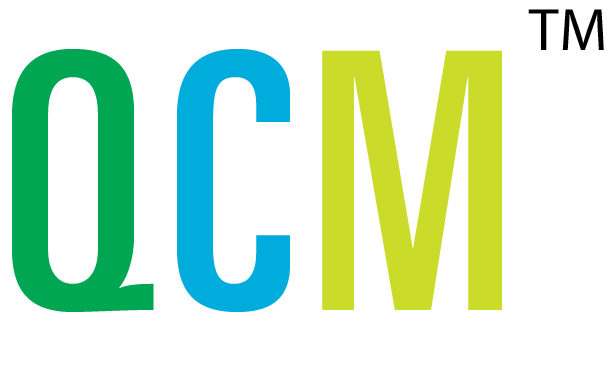 HELPS CREATE POLICY THROUGH CITIZENS PARTICIPATION IN SOUND DATA COLLECTION AND MAPPING TO IMPROVE QUALITY OF LIFE.
HELPS CREATE POLICY THROUGH CITIZENS PARTICIPATION IN SOUND DATA COLLECTION AND MAPPING TO IMPROVE QUALITY OF LIFE.The Ministry of Environment and Forests, and Climate Change (MoEFCC) is the nodal agency in the administrative structure of the Central Government for the planning, promotion, co-ordination and overseeing the implementation of Indian environmental and forestry policies and programmes.
The MoEFCC has provided regulatory measures for the control of noise pollution by way of the Noise Pollution (Regulation and Control) Rules, 2000. Link is provided below.The Noise Pollution (Regulation and Control) Rules, 2000 stipulate that;
| Area Code | Category of Area/Zone | Limits in dB(A) Leq | |
|---|---|---|---|
| Day Time | Night Time | ||
| (A) | Industrial area | 75 | 70 |
| (B) | Commercial area | 65 | 55 |
| (C) | Residential area | 55 | 45 |
| (D) | Silence Zone | 50 | 40 |
For more information on and full text of The Noise Pollution (Regulation and Control) Rules, 2000, definitions, procedures and enforcement, please access the links provided below.
The  framework helps uphold urban quality of life by helping citizens monitor and support Government rules and regulations in multiple ways viz.
framework helps uphold urban quality of life by helping citizens monitor and support Government rules and regulations in multiple ways viz.
 framework provides training and access to formats as well as information on methodology and instrumentation for ambient noise data collection click on LINK (Takes a little time to load). Through collecting data at various pre-determined points in an area, citizens can check if the law or norms and standards are being adhered to and report their results at Urban Pulse Points
framework provides training and access to formats as well as information on methodology and instrumentation for ambient noise data collection click on LINK (Takes a little time to load). Through collecting data at various pre-determined points in an area, citizens can check if the law or norms and standards are being adhered to and report their results at Urban Pulse Points  framework provides Urban Pulse Points all over the city where citizens can upload information. This information is mapped and compared to standards for identifying stresses and infringments. Look out for a Urban Data Link Point in your neighbourhood to upload your data!
framework provides Urban Pulse Points all over the city where citizens can upload information. This information is mapped and compared to standards for identifying stresses and infringments. Look out for a Urban Data Link Point in your neighbourhood to upload your data! framework helps report the stresses or infringements through a report to the concerned authority or on this website for the use of citizens or civil society organizations (CSOs) as well as through the newspapers and radio when appropriate or legal.
framework helps report the stresses or infringements through a report to the concerned authority or on this website for the use of citizens or civil society organizations (CSOs) as well as through the newspapers and radio when appropriate or legal. framework, through the above process facilitates participatory, evidence based informed decision making and consensus building between the citizens, elected representatives and the Municipal Corporations for improving the quality of life of our Wards/Prabhags.
framework, through the above process facilitates participatory, evidence based informed decision making and consensus building between the citizens, elected representatives and the Municipal Corporations for improving the quality of life of our Wards/Prabhags.